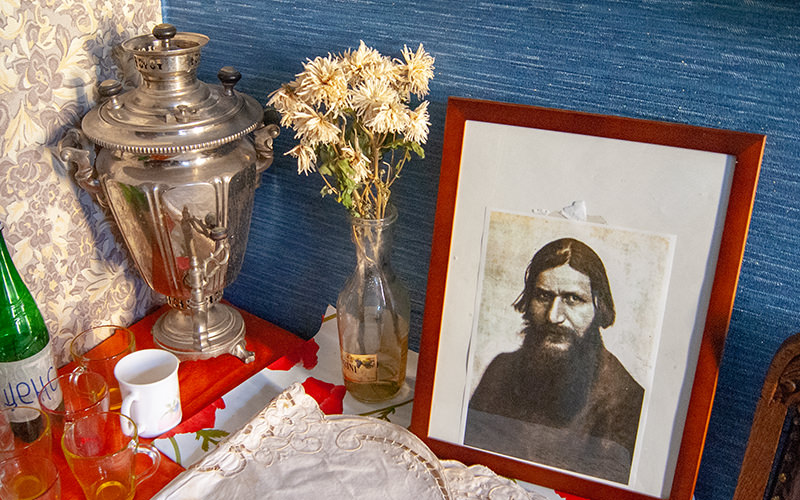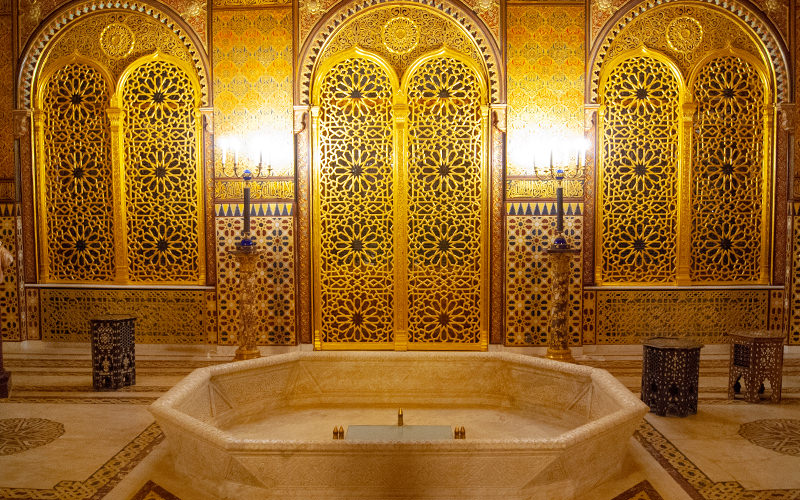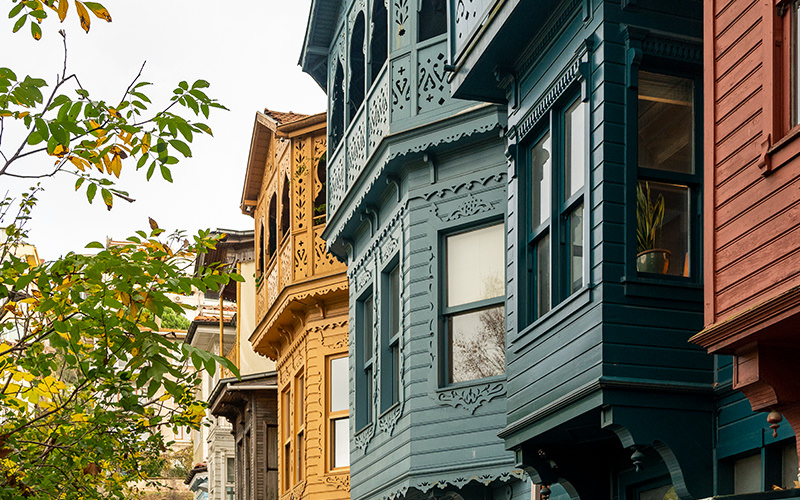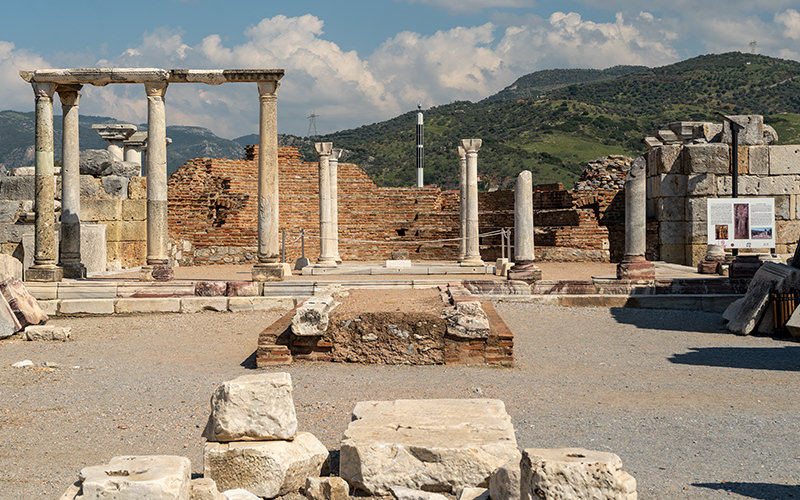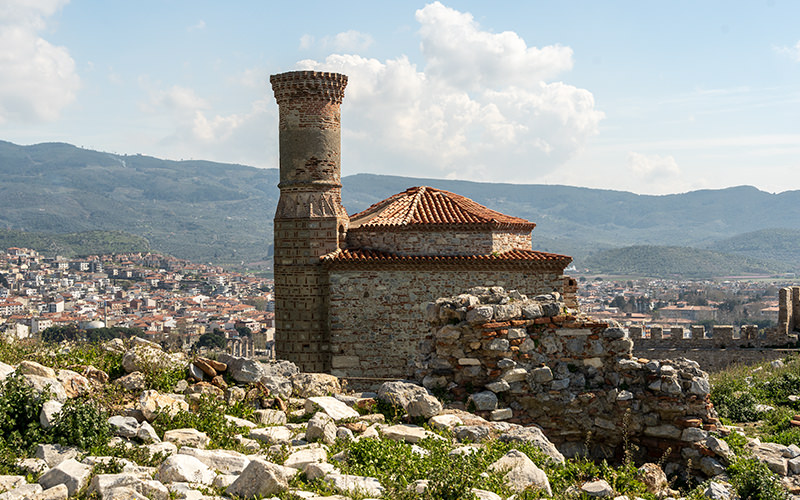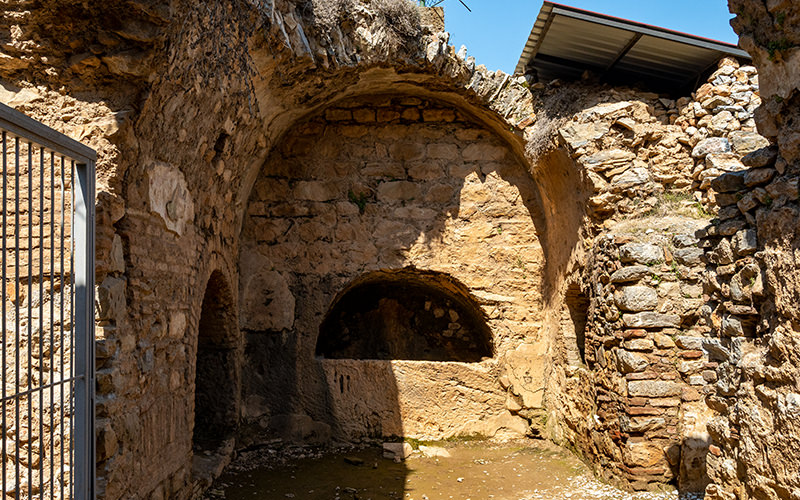Sometimes I feel that Turkey's tourist potential is greatly underestimated, as many travelers know the country only through Istanbul and a few coastal cities in the south. In reality, when traveling through Turkey, you can see an enormous number of historical and archaeological landmarks. One such place is a small site in the city of Selçuk. Once, one of the Seven Wonders of the World, the Temple of Artemis at Ephesus, stood here.
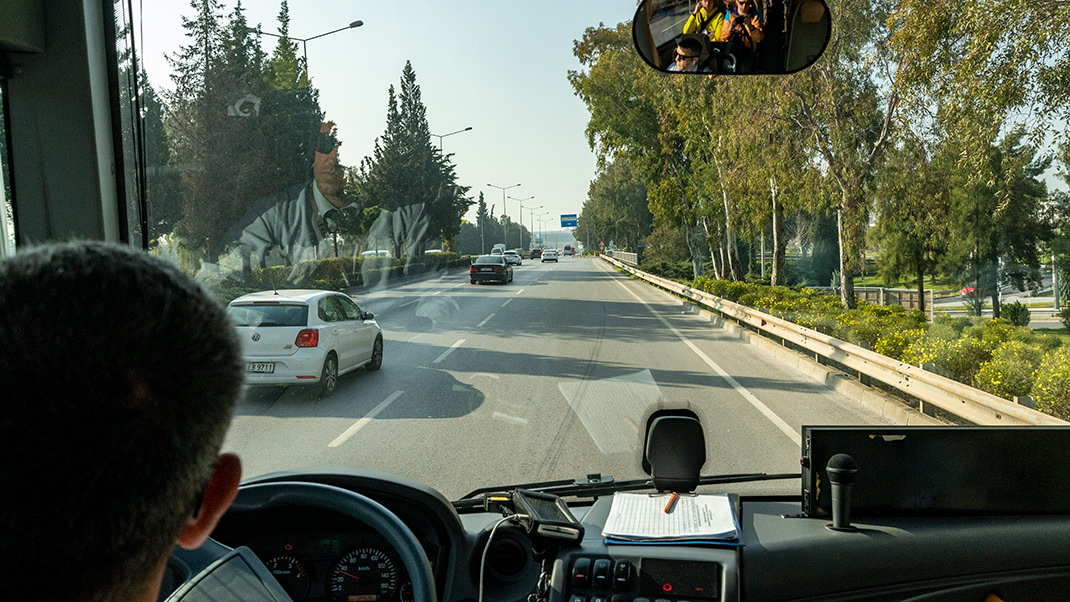
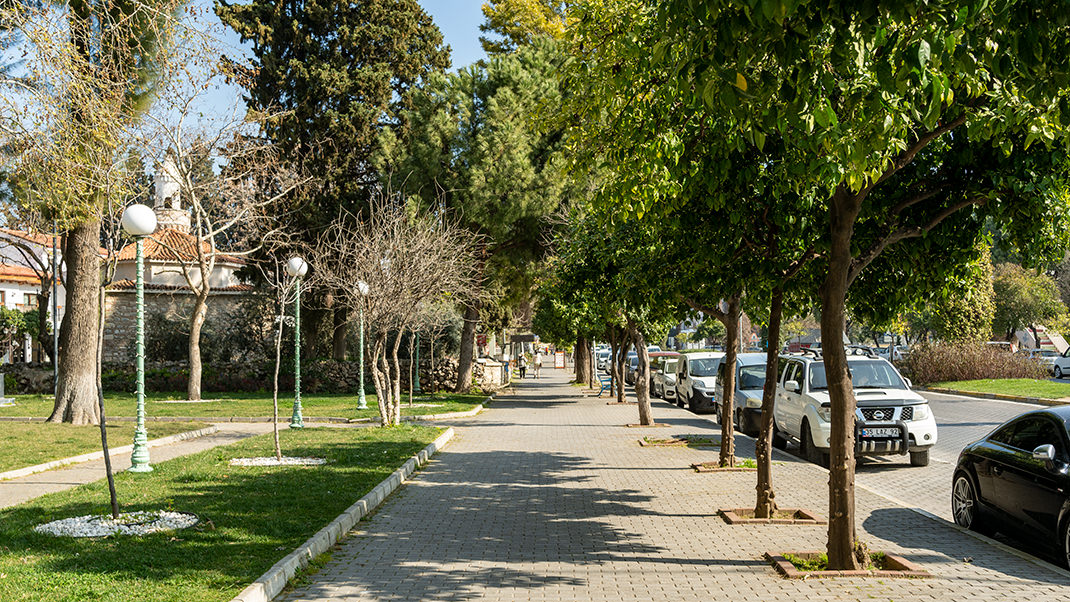
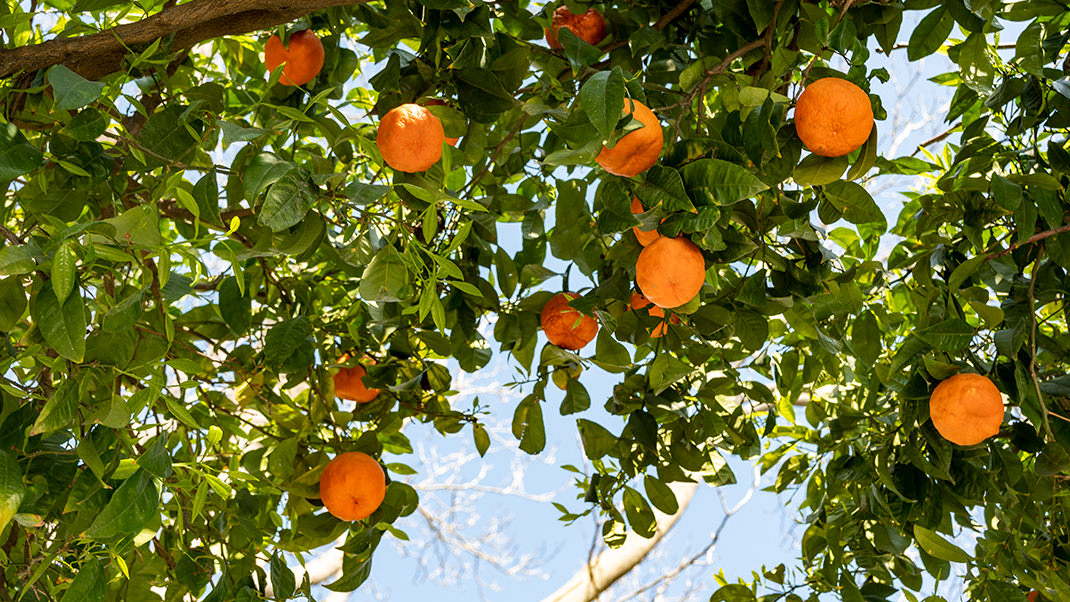
A bit of history
The first small temple was built at this location in the 7th century BCE. Its dimensions were only 13.5 by 8.5 meters. The construction was made of stone, with wooden columns surrounding it. Inside the building, there was probably a cult figure.

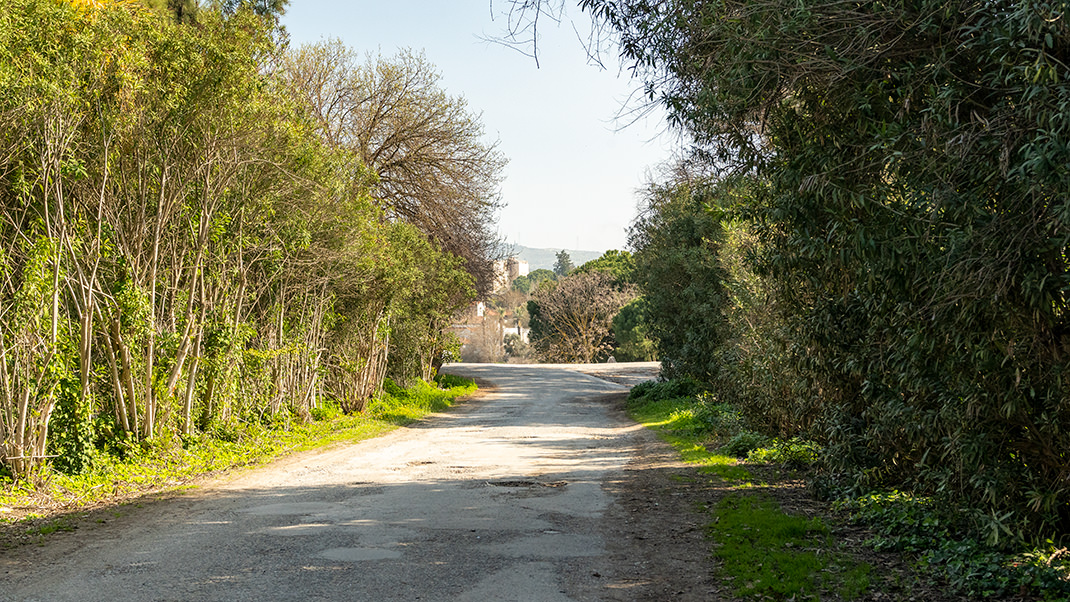
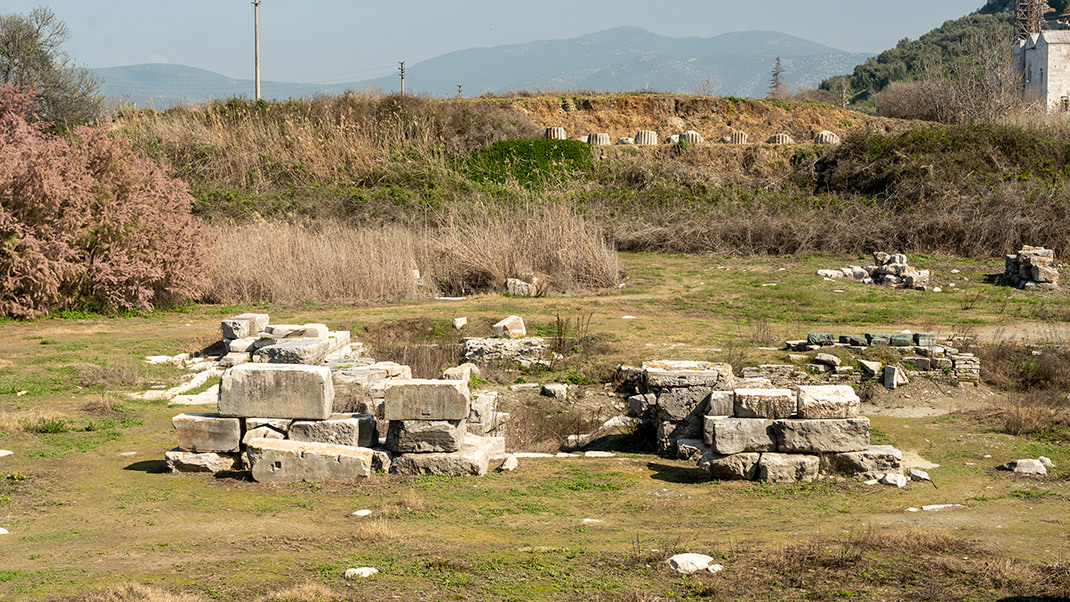
About a hundred years later, a new marble temple was built here. It is known that the architects Chersiphron from Knossos and his son Metagenes were involved in its construction. Unlike the previous structure, this building was famous for its grand scale, measuring 110 meters in length. The splendid works of art decorating the temple also contributed to its fame.
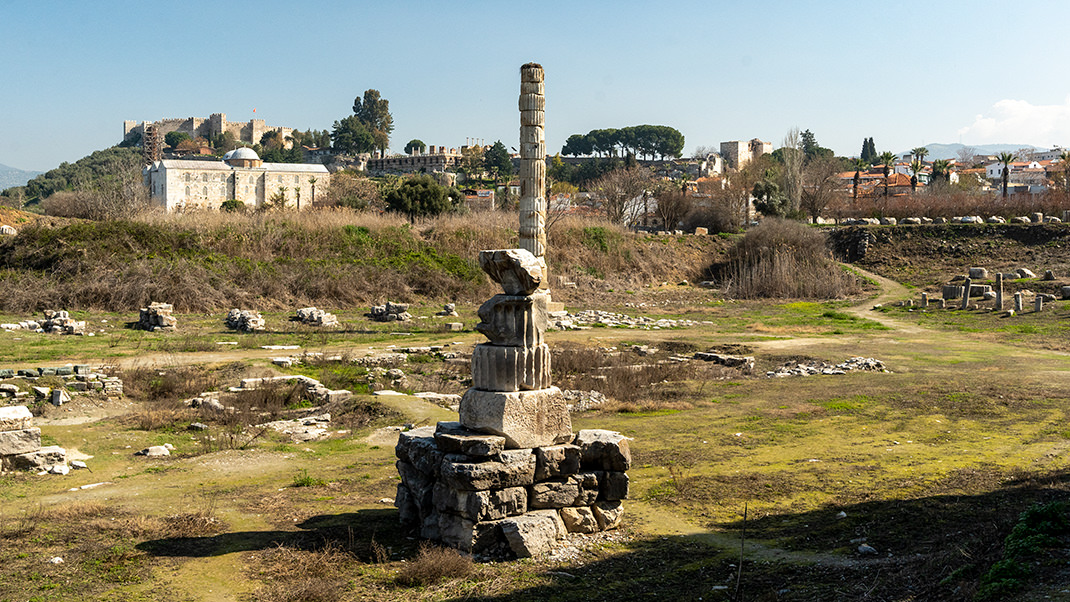
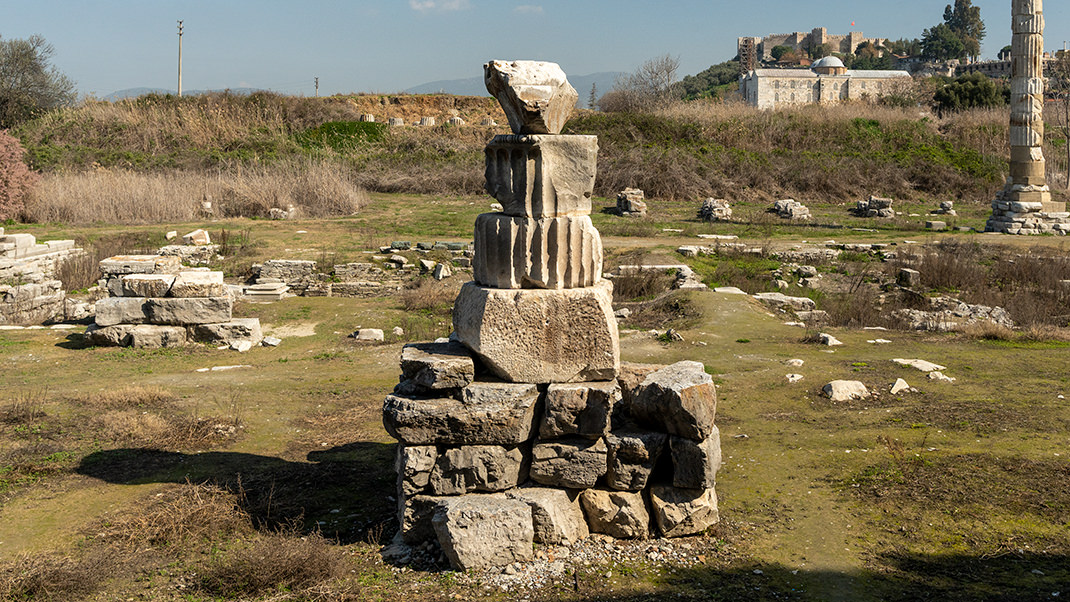
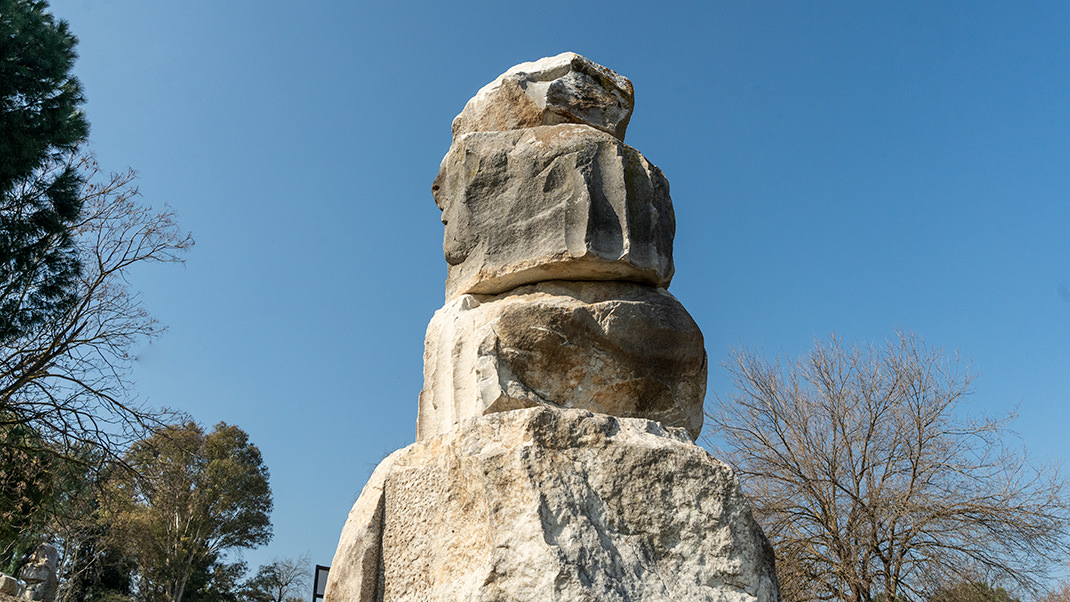
It is believed that in 356 BCE, the massive structure was damaged by a fire set by a man named Herostratus. According to legend, this happened on the night when Alexander the Great was born. During interrogation, Herostratus confessed that he committed this act in hopes of gaining fame. However, the locals agreed never to mention the vandal's name out loud.
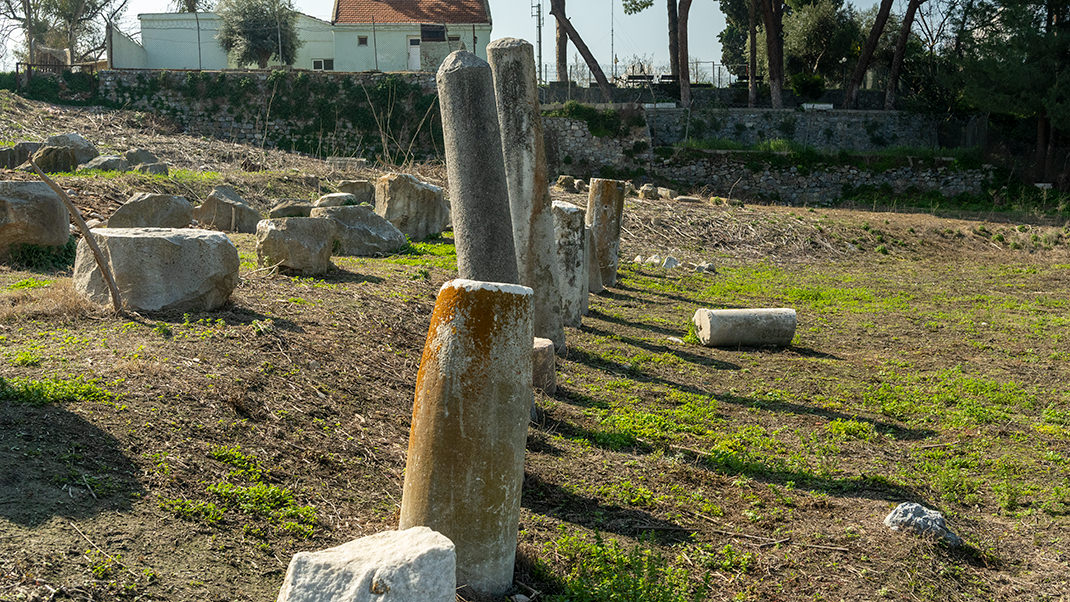
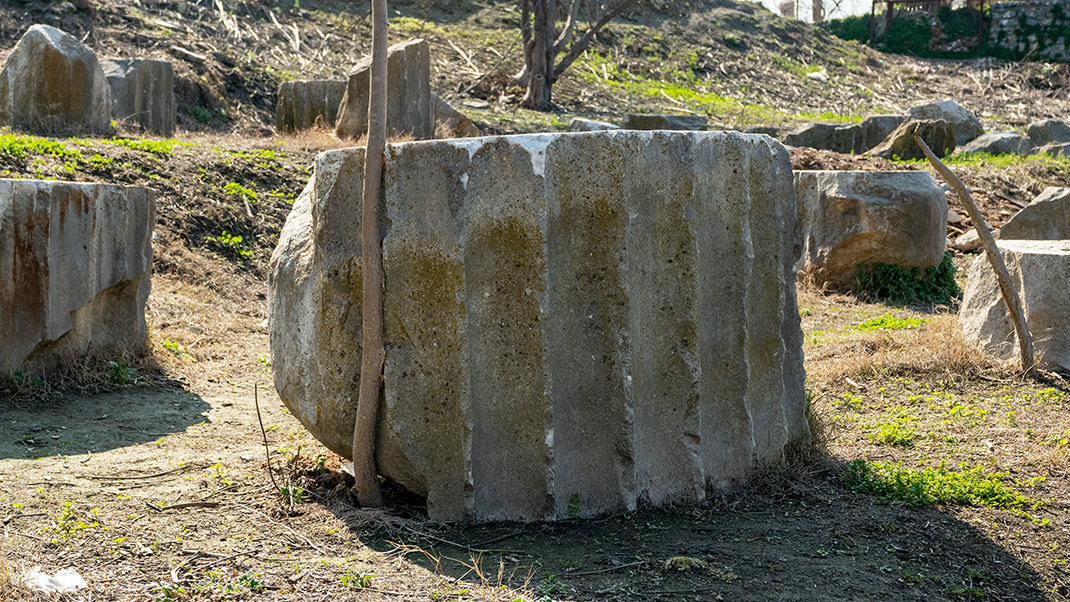
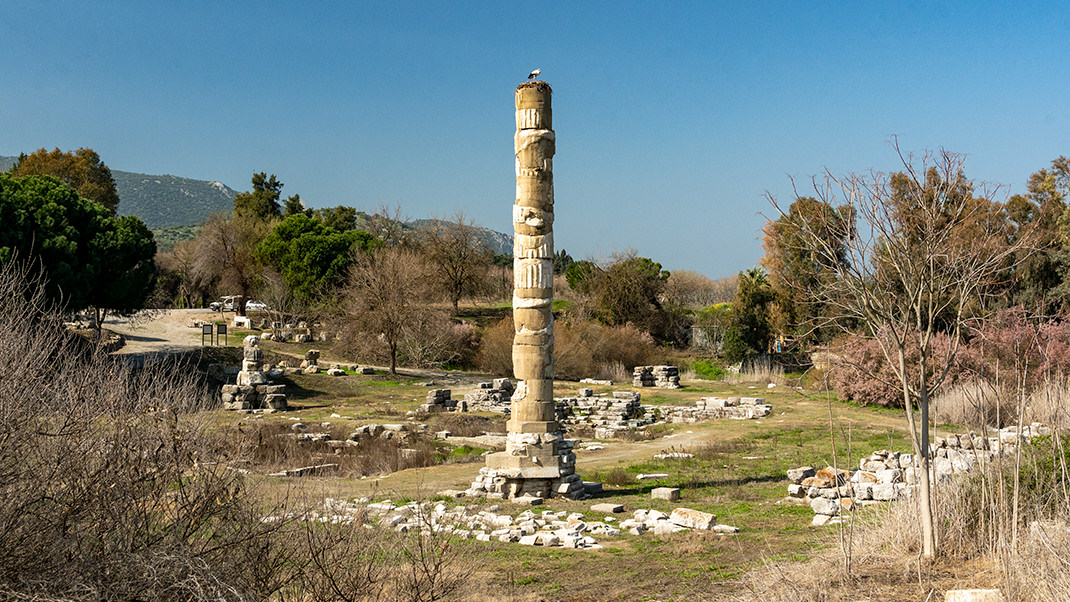
Around 355-330 BCE, the temple was reconstructed once again. The main features of the previous building were preserved, but this time, the new construction was almost three meters taller than its predecessor. This structure stood until 262 CE when it was destroyed by the Goths. Subsequently, the temple was never rebuilt.
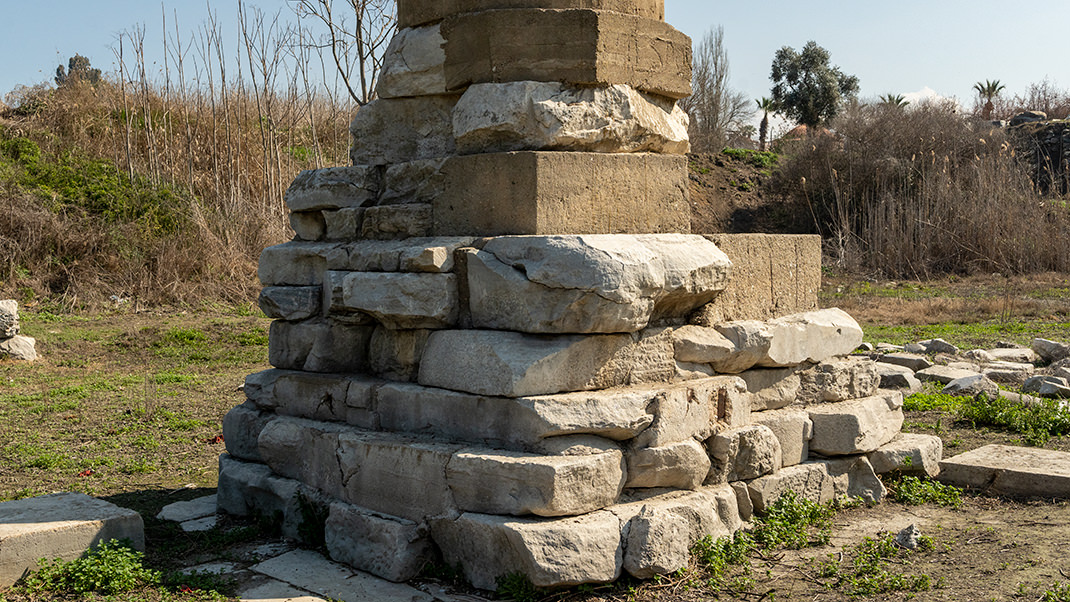
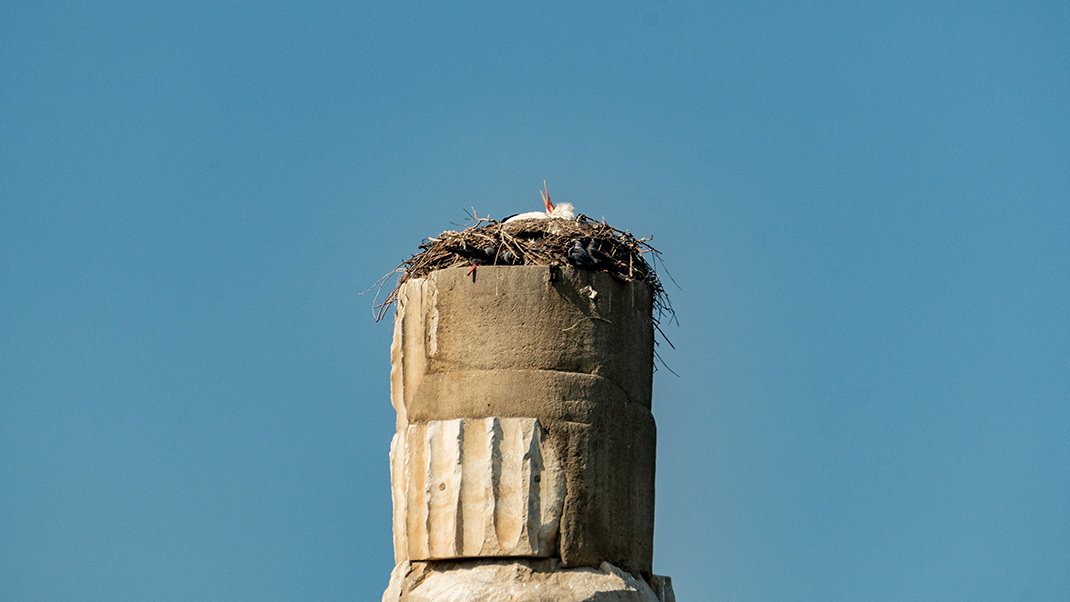
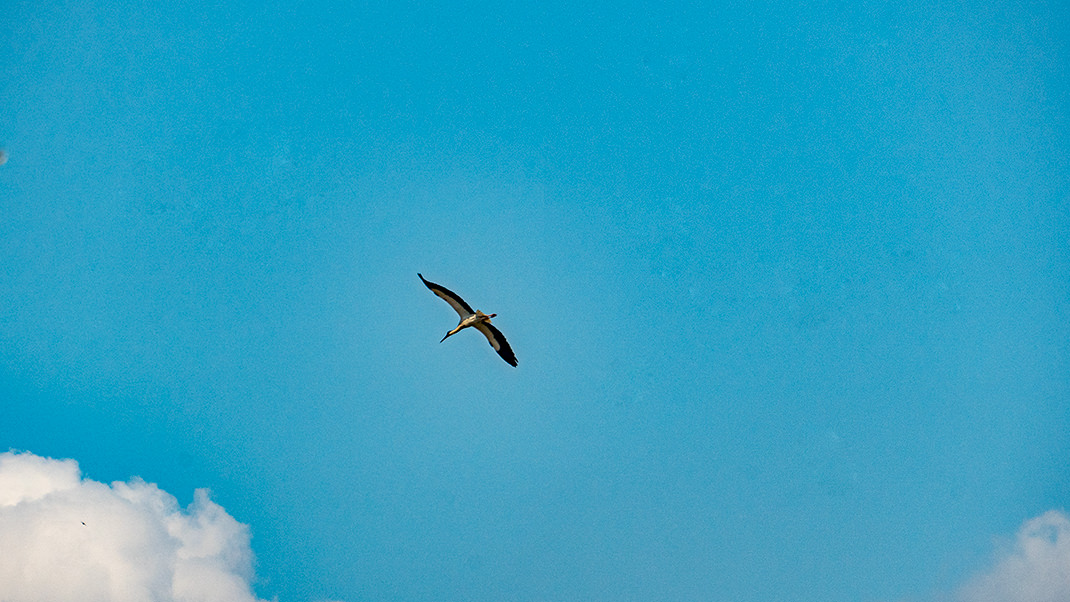
Today, on the site of the famous temple, stands a tall structure made up of parts of several columns. Its foundation, however, remains from the last temple that once stood here. This reconstruction was completed in 1975. Interestingly, the original columns were four meters taller than this "reconstruction." A family of storks has settled at the top of the column, and these birds, I noticed, are a symbol of Selçuk; their nests can be found on many high points in the city. During my visit to the ruins of the ancient temple, it was relatively deserted, except for a local resident who set up a stall near the column selling souvenirs.
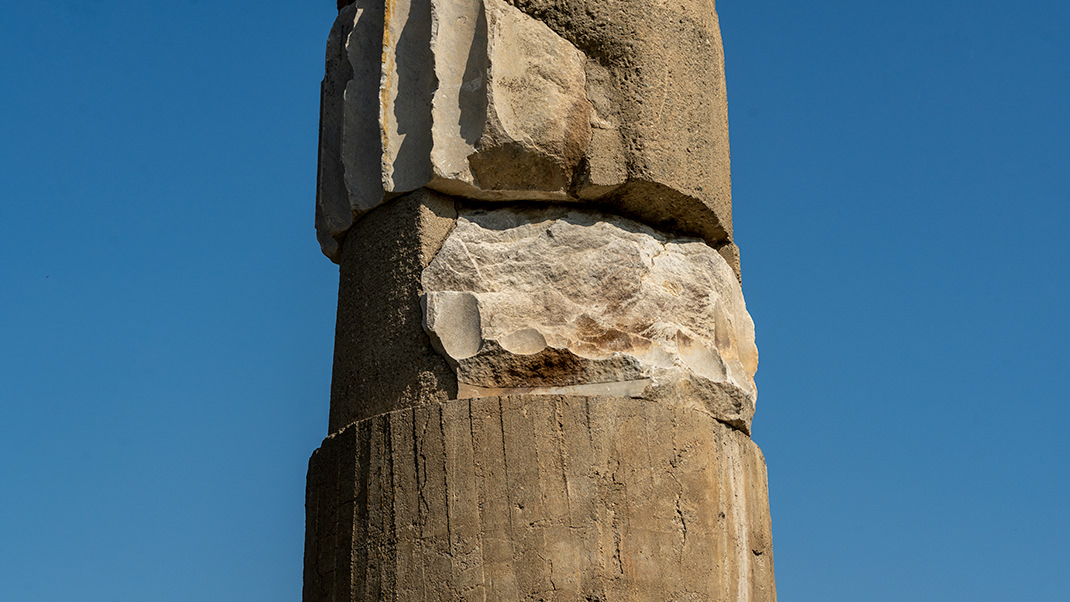
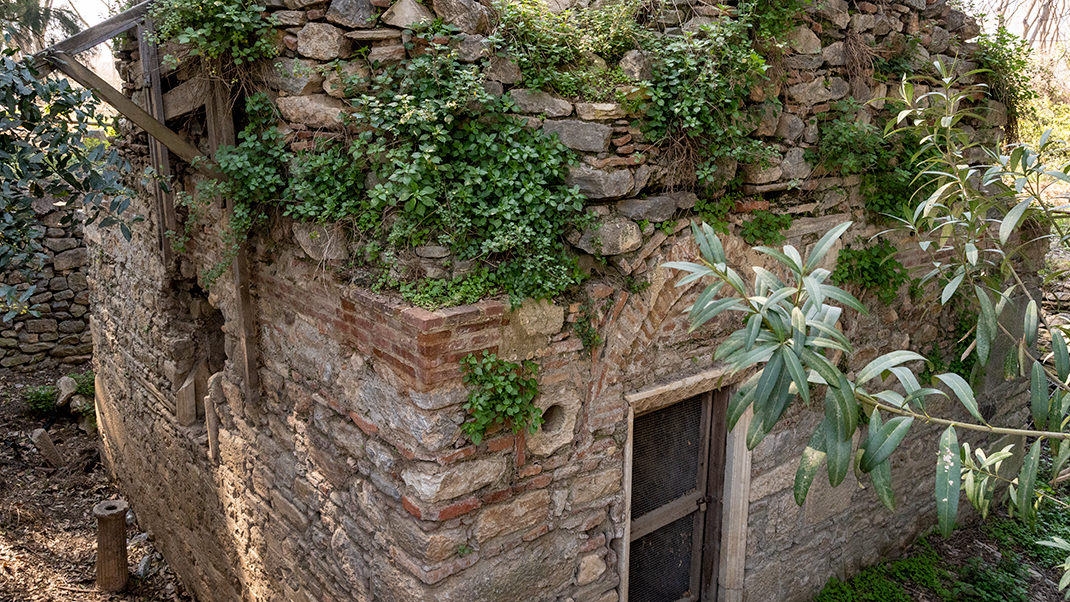
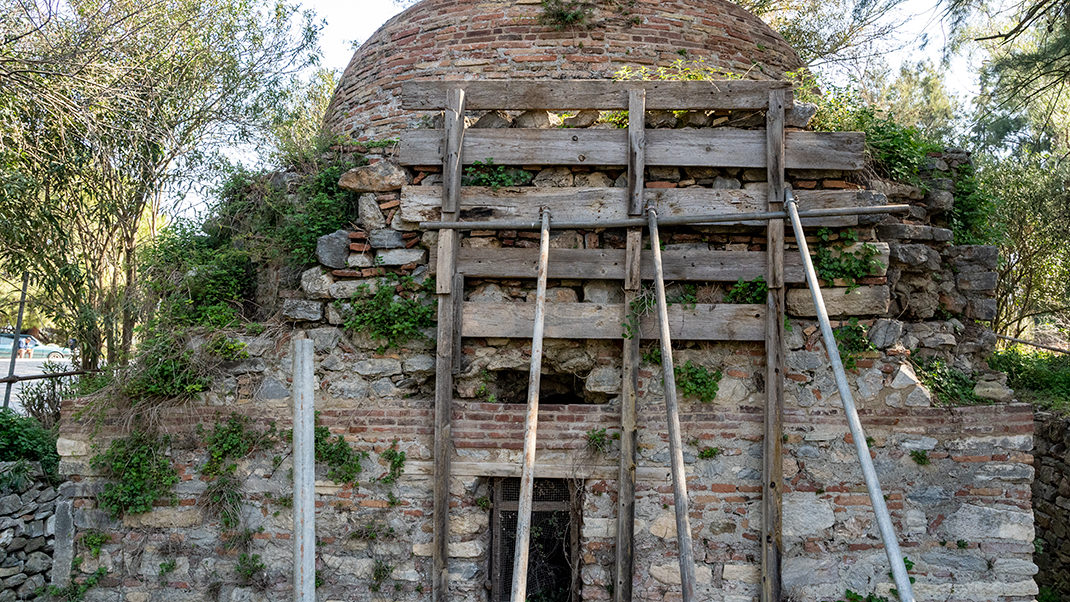
How to get there
I traveled to Selçuk from Istanbul by plane. The plane flies to the city of Izmir, and from there, you can reach Selçuk by bus or train directly from the airport. Due to my lack of knowledge, I chose the bus trip, which cost 140 lira, exceeding the price of the same journey by train exactly five times. You can buy a train ticket using the E-bilet app. The temple ruins are within walking distance from the transport stops.
Since there is little left of the ancient structure, going there just to look at a few columns is meaningless. However, this trip can be combined with a walk through the ruins of the ancient city of Ephesus, which was the main purpose of my trip. I will definitely tell you about this unique open-air museum in my next article.
Have a nice trip!


